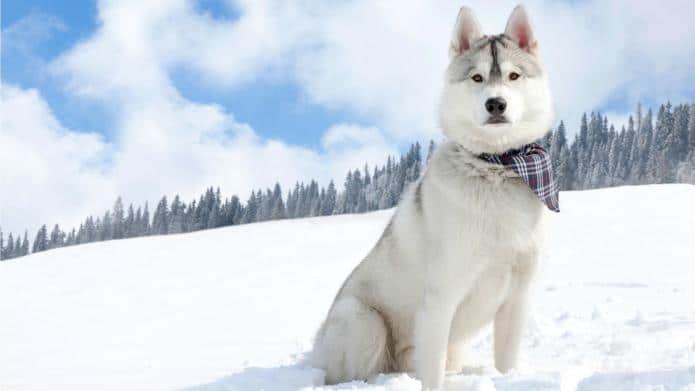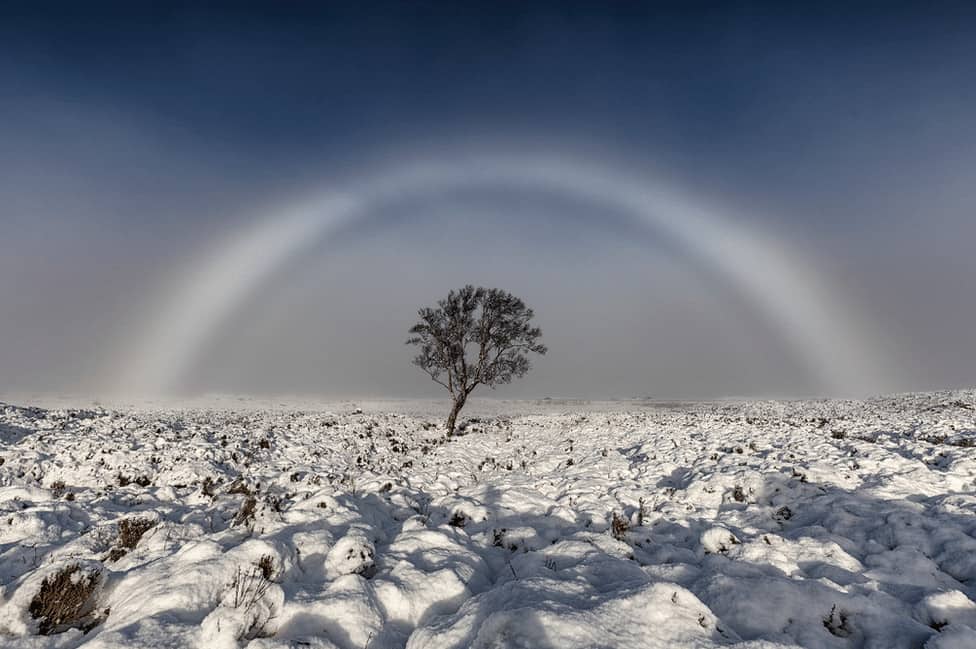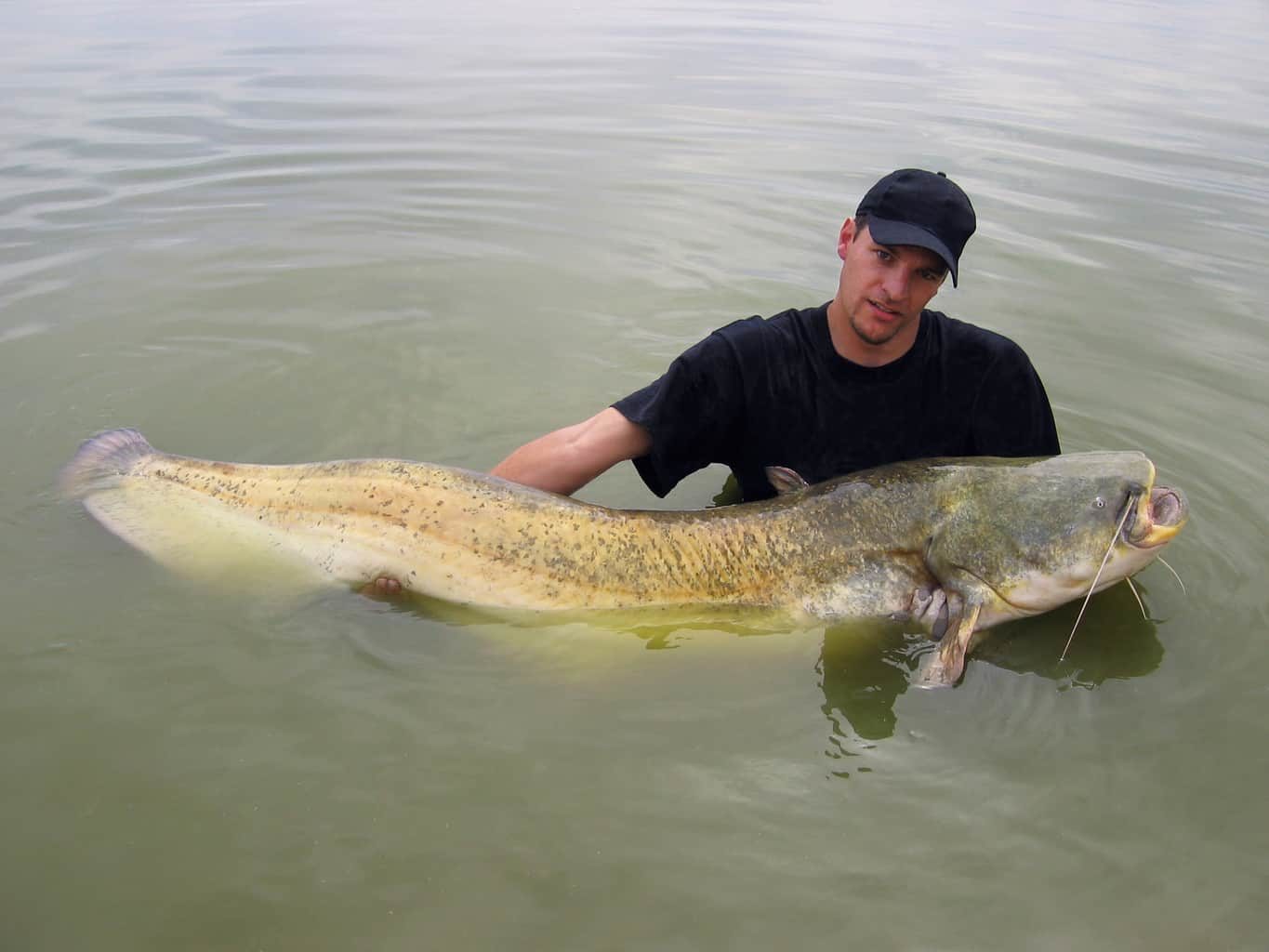
Dogs. We all love our four-legged best friends and want to take them everywhere we go as we explore the outdoors. It’s a great thing they like it outside just as much, if not more, than we do. But how do we know when cold weather becomes too cold for our faithful companions to safely be outside? In short, it depends.
All dogs are different, which isn’t surprising or earth shattering news. Huskies and chihuahuas aren’t going to enjoy the same temperatures, but it’s not just their breed and size difference that affects this.
Via petmd.com:
Coat type – Dogs with thick, double-layered coats tend to be the most cold-tolerant (think Siberian Huskies, Newfoundlands, or Samoyeds). In most cases, these breeds have been developed in Northern climates and may also have other anatomical, physiological, or behavioral attributes that allow them to thrive when it’s frigid. On the other hand, dogs who have exceptionally thin coats (e.g., Greyhounds and Xoloitzcuintli) suffer the most in cold weather.
Coat color – On a clear day, black, brown, or other dark-coated dogs can absorb significant amounts of heat from sunlight, keeping them warmer in comparison to their light-coated brethren.
Size –Small dogs have a larger surface area to volume ratio. In other words, the smaller dogs are the more skin they have (in relation to their “insides”) through which to lose heat. Therefore, small dogs get colder more readily than do large dogs… all other things being equal.
Weight – Body fat is a good insulator. Thinner dogs tend to get colder quicker than do their heftier counterparts. That said, the health risks of being overweight far outweigh any benefits, so don’t fatten up your dogs during the winter months in a misguided attempt to protect them from the cold.
Conditioning – We’ve all experienced this one. Fifty degrees feels quite chilly in October, but after a long, cold winter, a fifty degree day in April can make us break out the shorts and t-shirts. Dogs who are used to cold temperatures handle them much better than do pets who aren’t.
Age and Health – The very young, the very old, and the sick are not as able to regulate their body temperatures in comparison to healthy dogs in the prime of their lives, and they therefore need greater protection from the cold.
There’s also the fact that outside of different temperatures, the environment plays a huge role in how a dog will be affected by the cold.
A seemingly easy to handle temperature can quickly become downright frigid when wind chill comes into the picture. A strong wind can go right through a dog’s coat and cause it to suffer from the chilly weather. Moisture also plays a huge role in a dogs ability to stay comfortable in the cold. Rain, snow and especially swimming can drop a dogs body temperature faster than anything else. It’s necessary to keep them dry once temps start falling south of 32 degrees.
More active dogs may actually be able to offset any temperature drops with the additional body heat they generate while running around.
If temperatures fall below 20 degrees, it’s important to pay close attention to a dogs behavior, as it will make it obvious if something is wrong. Shivering, whining, searching out warmth or holding up their paws; all of these can be signs that they need to head inside to the warmth, otherwise hypothermia or frostbite could set in if conditions are right.







